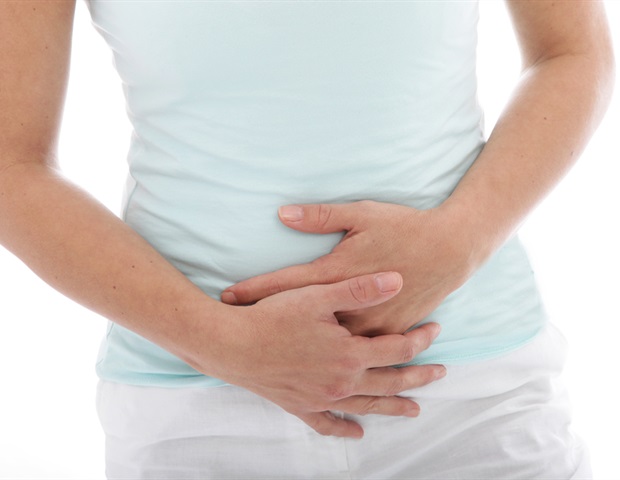
An article in CMAJ (Canadian Medical Association Journal) highlights a case of lead toxicity from Ayurvedic medicines in a young woman, and the complexity in diagnosing the rare condition https://www.cmaj.ca/lookup/doi/10.1503/cmaj.230592.
Given that lead toxicity is uncommon and its presentation nonspecific, patients are often seen by many health care providers before the diagnosis is made. A careful exposure history is essential to suggest the diagnosis.”
Dr. Julian Gitelman, Dalla Lana School of Public Health, University of Toronto, with coauthors
The patient, a 39-year-old woman, visited the emergency department 3 times in 6 weeks for abdominal pain, constipation, nausea and vomiting. On her third visit, she was admitted to hospital for anemia and possible gastrointestinal bleeding. Numerous, invasive investigations failed to reveal a cause of her symptoms. At a follow-up visit weeks later, she reported having taken Ayurvedic medicines daily for more than a year to treat infertility. Her blood lead level was high at 55 µg/dL, compared with a normal level of less than 2 µg/dL. The patient stopped taking the Ayurvedic treatments and began chelation therapy. Her blood lead level decreased and her symptoms resolved.
Once the diagnosis of lead toxicity was made, the medical team contacted Public Health Ontario (PHO), which tested 17 different pill samples provided by the patient. After testing revealed high levels of lead in most of the pills, PHO involved the local public health unit, Toronto Public Health, and Health Canada, as it regulates natural health products. A joint investigation of the Ayurvedic clinic resulted in the seizure of hundreds of pills due to noncompliance with the Natural Health Products Regulations. Both Health Canada and Toronto Public Health issued public advisories to warn people that the products from this specific business were health hazards.
The authors emphasize the importance of communication and collaboration between clinicians and public health to minimize the health risk of lead in consumer products. “A recent systematic review of case reports on lead poisoning found traditional or herbal medications to be a common cause.” the authors write. “Heavy metals are sometimes intentionally added for their perceived healing properties.”
“When consumer products may be contaminated with lead, or when lead exposure is linked to sources in the community, involving public health can facilitate broader actions to reduce and prevent exposures to other people at risk,” they conclude.
Source:
Canadian Medical Association Journal
Journal reference:
Gitelman, J., et al. (2023) Lead toxicity from Ayurvedic medicines. Canadian Medical Association Journal. doi.org/10.1503/cmaj.230592.








;Resize=(1200,627)&impolicy=perceptual&quality=mediumHigh&hash=da2b1511f9b806a752aa9b811bc4414092a6ee82a35f72b4bb2167c812630089)
